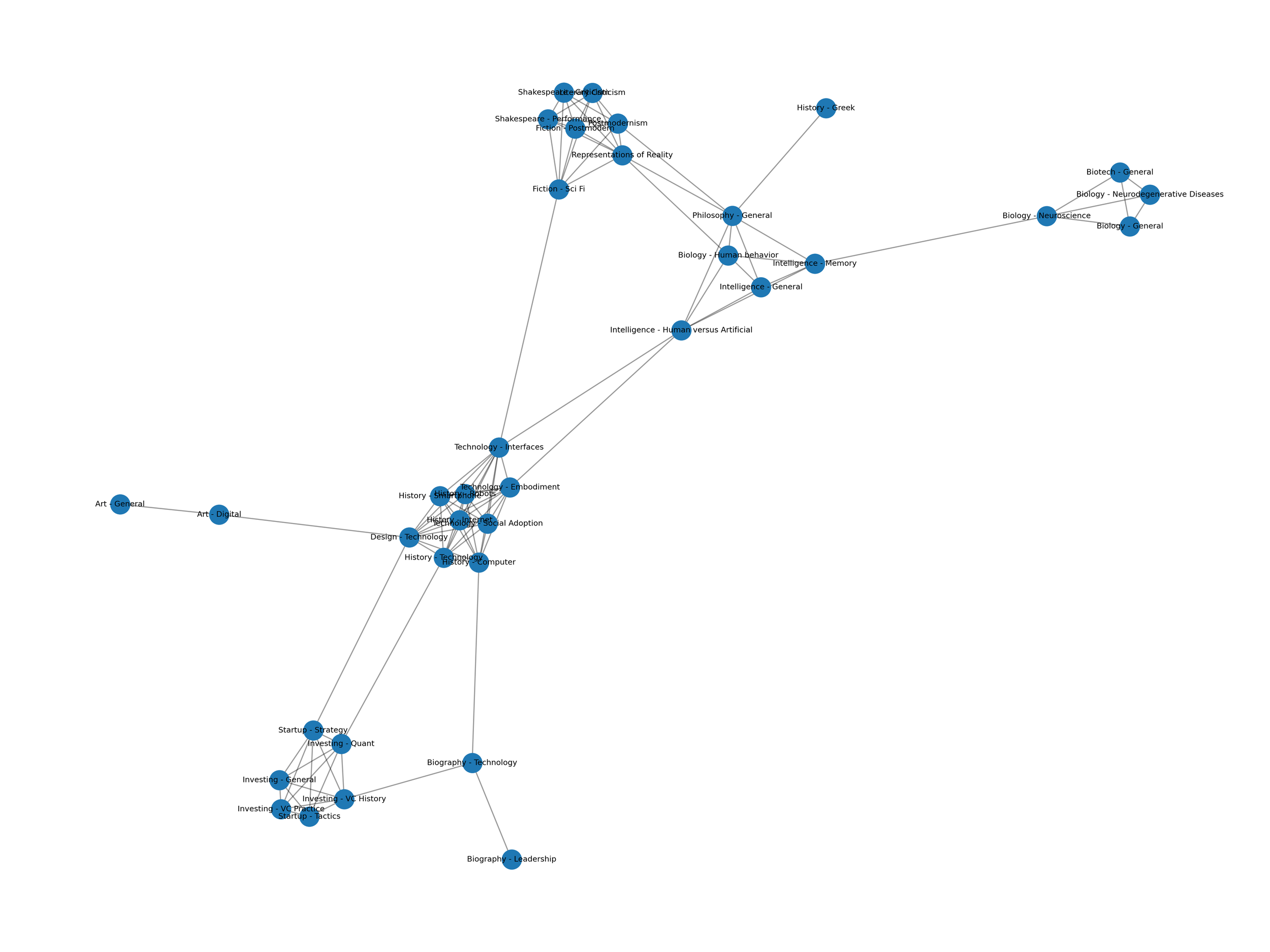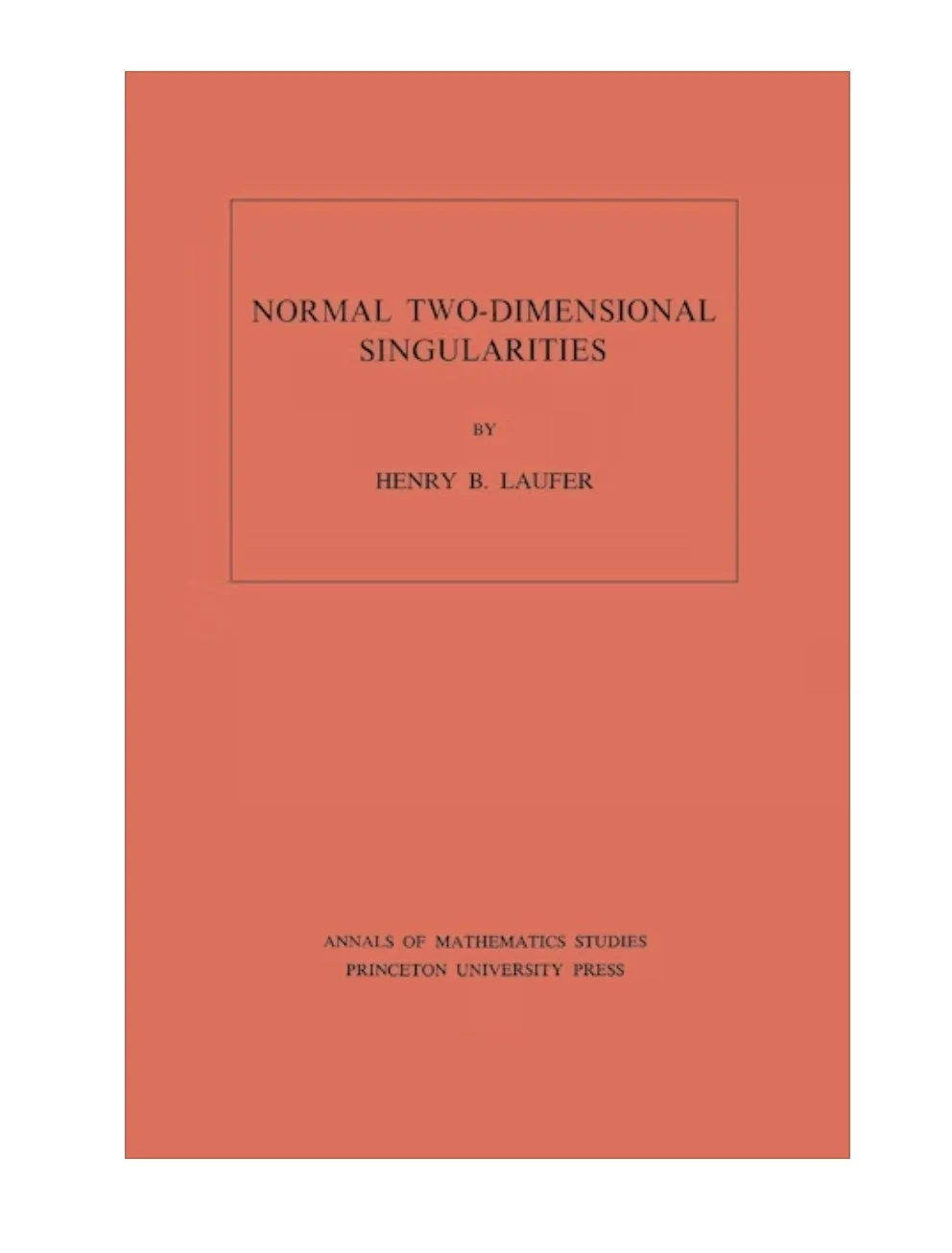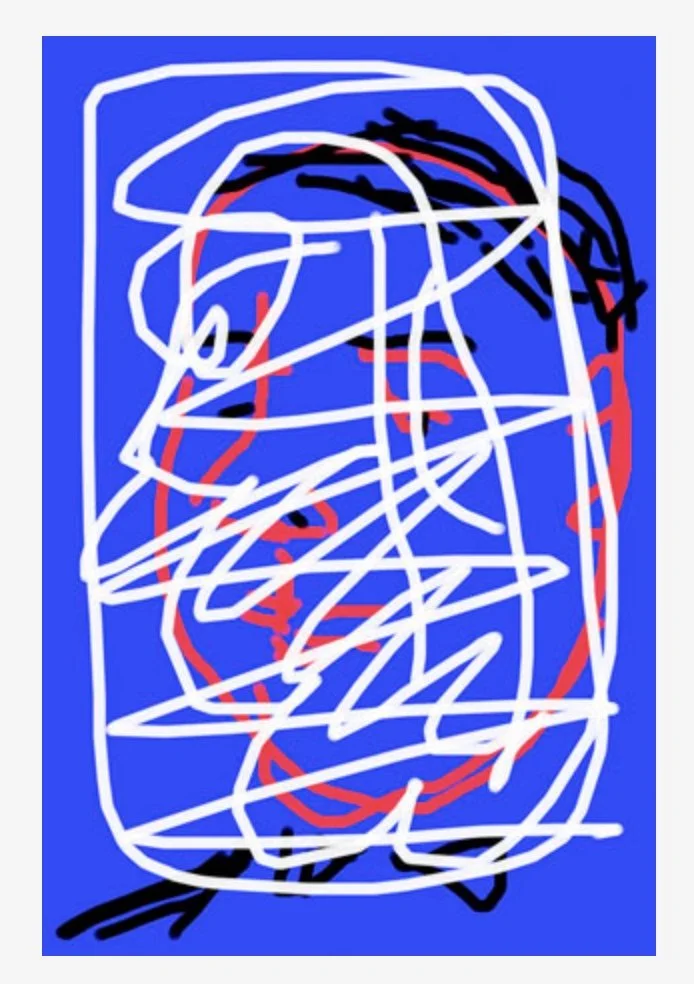[I’m (trying) to write a short post every day.]
Renaissance Technologies is one of the most inspiring businesses. Not the first, but arguably the most successful quant fund in history: ~40% annualized performance for 30 years, after fees. I’ve been interested in how technology, data, and AI can radically change private investment for a while. (I wrote this post Can You Build a Quant VC Fund back in 2018.) I want to update it now for the post-LLM world. I’ve been talking to ChatGPT 4o about ideas for the updated post and it is failing miserably (the worst performance of AI I’ve experienced - curious).
I have a small bookshelf in my office where I like to keep books that I often keep coming back to for reference (think Using Language by Herbert Clark, The Embodied Mind by Varela, The Wealth of Networks by Yochai Benkler). I recently added to it with Henry Laufer’s 1971 work Normal Two-Dimensional Singularities. I am quite lost (although I like the feeling of having to find my way). I’m relying heavily on ChatGPT 4o to understand the work, but that’s not really the point of it. Henry Laufer was the Chief Scientist at RenTech for 20 years joining only a couple years after Jim Simons started the fund. It’s just a cool reminder that a lot is possible.
For those curious (via 4o): A normal two-dimensional singularity is a specific type of singular point on a complex surface (a 2-dimensional complex manifold or variety) that satisfies certain technical conditions making it relatively “well-behaved” from the perspective of algebraic geometry or complex analytic geometry.



